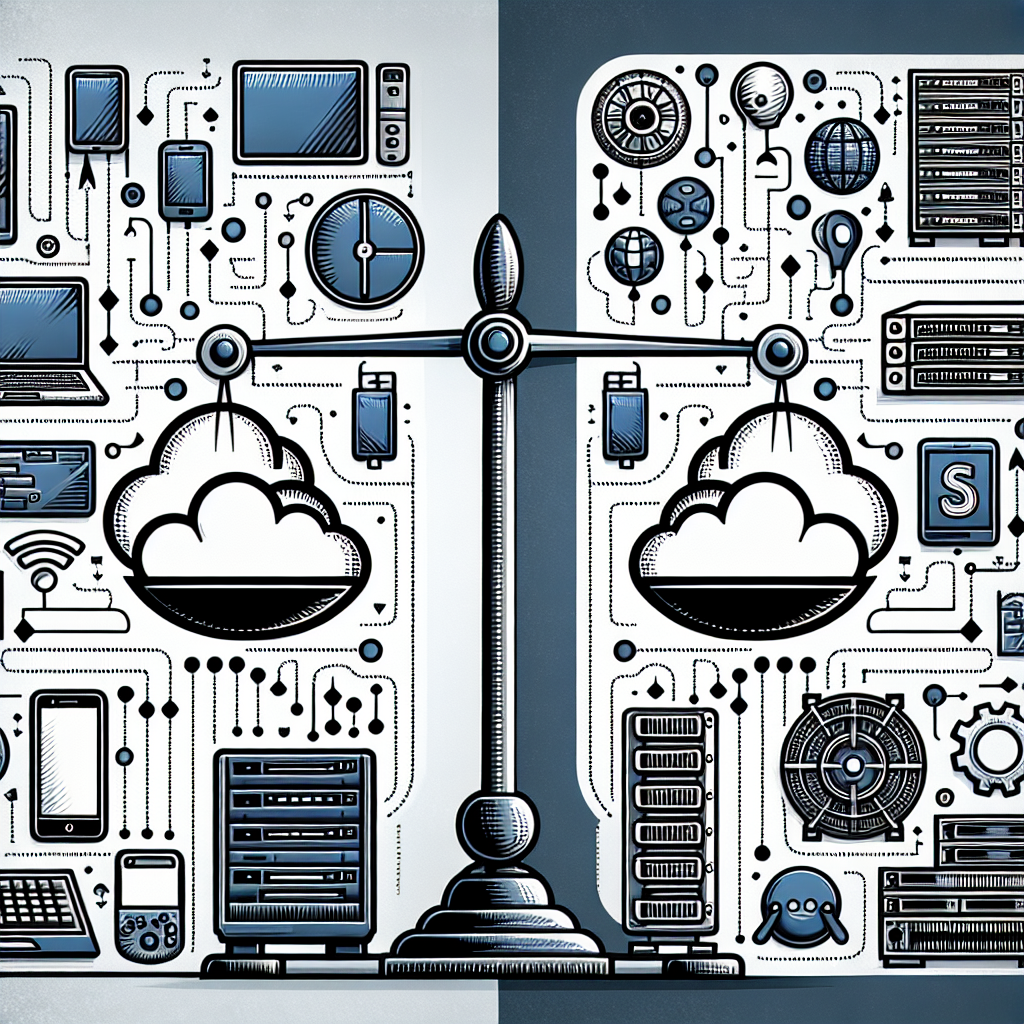Your cart is currently empty!
Cloud Computing vs. Traditional IT Infrastructure: A Comparison

Cloud computing has been gaining popularity in recent years as businesses look for more efficient and cost-effective ways to manage their IT infrastructure. But how does it compare to traditional IT infrastructure? Let’s take a look at the key differences between the two.
Traditional IT infrastructure typically involves on-premises hardware and software that is managed and maintained by the organization’s IT team. This can be costly and time-consuming, as it requires regular upgrades, maintenance, and troubleshooting. In contrast, cloud computing offers a more flexible and scalable solution, as it allows businesses to access computing resources on demand via the internet.
One of the main advantages of cloud computing is its cost-effectiveness. With traditional IT infrastructure, businesses have to invest in expensive hardware and software upfront, as well as ongoing maintenance and upgrades. In contrast, cloud computing operates on a pay-as-you-go model, allowing businesses to only pay for the resources they use. This can result in significant cost savings, especially for small and medium-sized businesses.
Another key difference between cloud computing and traditional IT infrastructure is scalability. With traditional IT infrastructure, businesses have to estimate their computing needs in advance and invest in hardware and software accordingly. This can lead to underutilized resources or bottlenecks during peak periods. In contrast, cloud computing allows businesses to easily scale up or down their computing resources based on their needs, ensuring optimal performance at all times.
Security is another important consideration when comparing cloud computing to traditional IT infrastructure. Many businesses have concerns about the security of their data in the cloud, as it is stored on servers that are managed by third-party providers. However, cloud computing providers invest heavily in security measures to protect their customers’ data, often employing advanced encryption and security protocols. In contrast, traditional IT infrastructure may be more susceptible to security breaches, as it is managed in-house by the organization’s IT team.
In conclusion, while traditional IT infrastructure has been the norm for many years, cloud computing offers a more cost-effective, scalable, and secure alternative. Businesses that are looking to streamline their IT operations and reduce costs should consider making the switch to the cloud. By leveraging the benefits of cloud computing, businesses can stay ahead of the competition and adapt to the rapidly changing technology landscape.

Leave a Reply